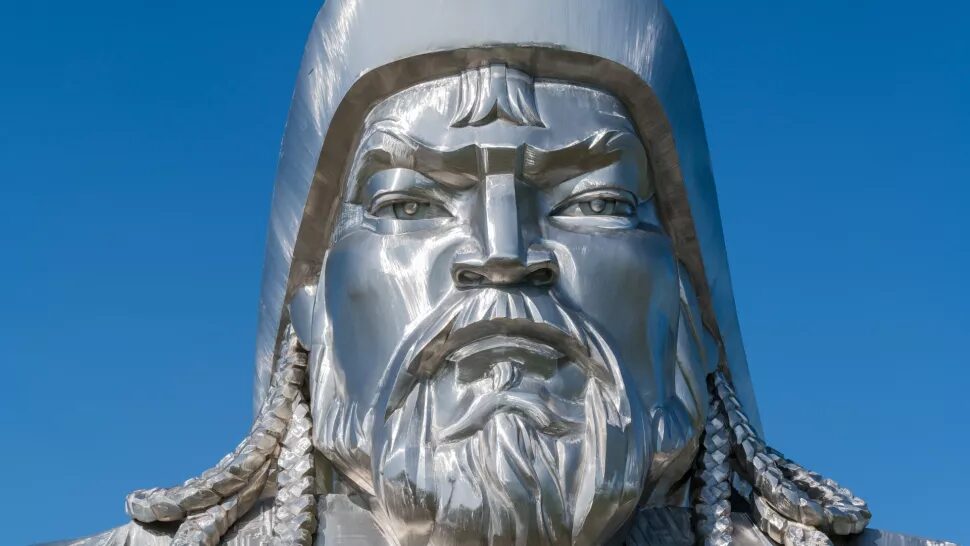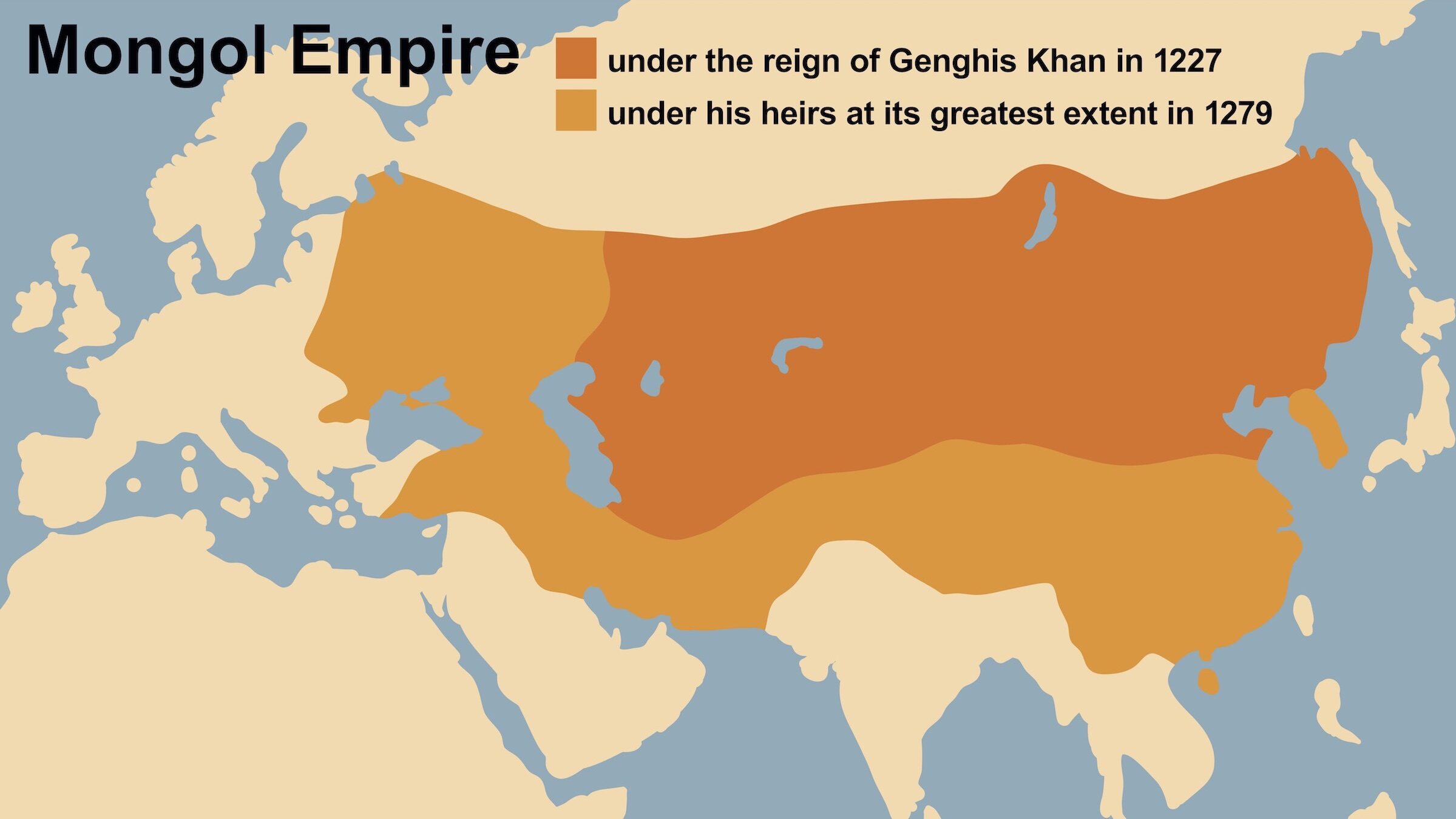
So, where is this charismatic leader buried? Does he have a monumental tomb like the pyramids built for the ancient Egyptian pharaohs, or a mausoleum with terra-cotta warriors, like the one built for China's first Qin emperor?
The answer is that the location of Genghis Khan's tomb is unknown and unlikely to be found anytime soon. Moreover, some people in Mongolia might prefer that it is never found, as Genghis is regarded by some today with an almost religious reverence, experts tell Live Science.
The tomb, wherever it may be, "is very important to the people of Mongolia with almost religious overtones," William Honeychurch, an associate professor of anthropology at Yale University, told Live Science in an email. He declined to speculate on where the tomb may be located.
One possibility is that Genghis Khan was buried in Mongolia's eastern Khentii province, where he was born. "I think the tomb is in [the] mountains in Khentii Province," Nancy Steinhardt, a professor of East Asian art at the University of Pennsylvania's Penn Museum, told Live Science in an email. "I don't think it will be found any time soon," she added.
Contemporary sources are largely silent on where Genghis Khan's tomb is or what it looked like. "There exists no historical or archaeological record describing the physical appearance of this tomb," a team of researchers wrote in a study published in 2014 in the journal PLOS One(opens in new tab). The researchers used satellite imagery to search for the tomb, and the satellite survey identified a variety of archaeological remains, but not the tomb of Genghis Khan.
"The Secret History of the Mongols," an anonymously written Mongolian record that dates to some time after Genghis Khan's death, makes no mention of his tomb. It says only that in the year 1227, he "ascended to Heaven."
However, the text does state that Genghis Khan felt strongly about Burkhan Khaldun, a sacred mountain in Khentii province. The text says that at one point in his early life, Genghis used the mountain's topography to escape from enemies who were pursuing him. The text quotes Genghis Khan as saying that "every morning I will sacrifice to Burkhan Khaldun, every day I will pray to it: the offspring of my offspring shall be mindful of this and do likewise!" The affinity that Genghis Khan had for this mountain has led to questions of whether he was buried there, but so far, no tomb has been found.
When he died at around age 67, Genghis Khan and his army were campaigning against a group called the Tanguts in what is now northwestern China, and this may have made it difficult to return his body to Mongolia, wrote Frank McLynn, a historian, in his book Genghis Khan: The Man Who Conquered the World (Bodley Head, 2015). He may have been around 311 miles (500 kilometers) from the modern-day Mongolian border. The Mongols at this time may not have had knowledge of embalming techniques and may have been forced to bury Genghis Khan elsewhere because they couldn't get his body to Mongolia before it decomposed, McLynn wrote. It's possible that Genghis Khan's remains and tomb are located in the Ordos region of northwestern China, McLynn wrote.
Marco Polo's claims
The Venetian explorer Marco Polo, who lived from 1254 to 1324 and spent around 17 years in China, said in the book The Travels of Marco Polo that 20,000 people who knew of the tomb's location were killed in an effort to keep its location secret. Polo's stories were recorded in the book by a writer named Rustichello da Pisa, and the book was published around 1300.
While Polo's claims have been repeated in stories about Genghis Khan, Polo was writing decades after Genghis Khan had died. Also, the accuracy of many of Polo's other claims — such as that Kublai Khan, the grandson of Genghis Khan, appointed Polo as an official — are debated by modern-day historians. So it's not known whether Polo's account of Genghis Khan's tomb is true.




Reader Comments
Let us not glorify him as Turks do.
Some of you know that many Turks name their children after him.
In fact, Dr. Oz's real name is: Mehmet Cengiz Öz << Note the middle name - a Turkish C is pronounced as J.
Will it be a good thing to have a possible future US senator named after a barbarian?
I don't think so.
Turks also name their children after Attila the Hun.
In fact, the Turks named the line that divides Cyprus in two "The Attila Line."
What has the West gotten itself into with Turkey?
God Help Us.
BOOM! [Link]
Awesome band!